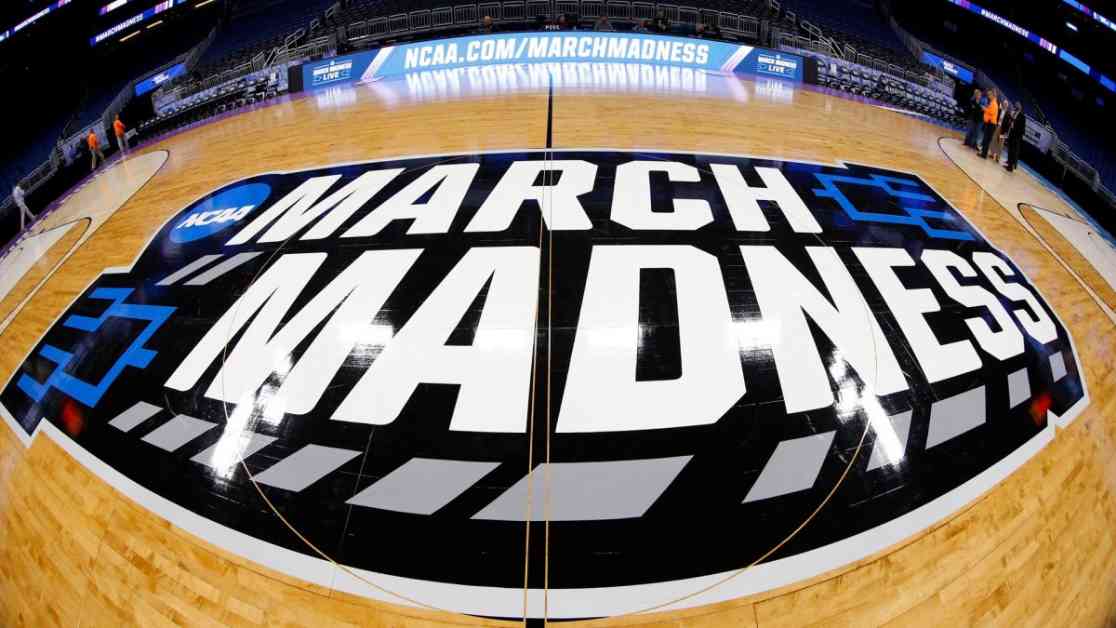In the heart of New York City, a small Irish pub in Staten Island was once the epicenter of a phenomenon that would later explode into a billion-dollar business. The story of Jody’s Club Forest, an unassuming neighborhood bar, unfolds as a tale of creativity, community, and controversy that forever changed the landscape of March Madness brackets.
Genesis of a Tradition
In 1976, Mary and Jody Haggerty opened Jody’s Club Forest with a simple dream of creating a college basketball pool to attract more customers. The concept was straightforward: pay $10 to predict the Final Four teams, the national champion, and total points for a chance to win the jackpot. With 88 entries in the inaugural pool, the winner walked away with $880. Over the years, the pool grew exponentially, reaching a staggering $1.6 million prize by 2006.
The unassuming bar in West Brighton soon became a hub of excitement and anticipation every March, drawing in crowds of eager participants hoping to strike it rich. As the competition gained traction, Jody’s Club Forest emerged as a contender for the title of the birthplace of the March Madness bracket, alongside other claimants to the crown.
The Kentucky Contender
While Jody’s Club Forest was making waves in Staten Island, another contender for the origin of the bracket was brewing in Kentucky. Bob Stinson, a postal worker with a penchant for recreational brackets, introduced his own version of the NCAA Tournament pool in the 1970s. Using a combination of his softball league bracket and the allure of Kentucky Derby betting slips, Stinson’s bracket pool quickly gained popularity among his peers.
Stinson’s son, Damon, recalls his father’s innovative approach to the bracket pool, which evolved from handwritten entries to a digital format using Excel spreadsheets. Despite the lack of a massive jackpot, Stinson’s pool captured the spirit of friendly competition and love for college basketball that would define March Madness brackets for years to come.
Hoop Dreams and Realities
As the legend of Jody’s Club Forest and Bob Stinson’s bracket pool continued to grow, the reality of managing such high-stakes competitions became apparent. The Haggerty family, faced with an overwhelming response to their pool, navigated the challenges of handling massive cash prizes, extensive entries, and the scrutiny of regulatory authorities.
The peak of Jody’s Club Forest’s pool in 2006, with a record $1.6 million jackpot, marked a turning point for the bar and its owners. Amid escalating media attention and legal issues, the pool faced its demise, leaving behind a legacy of excitement, controversy, and bittersweet memories.
Reflecting on the tumultuous journey of Jody’s Club Forest, Terence Haggerty, the current owner, acknowledges the highs and lows of their March Madness legacy. Despite the challenges and setbacks, the bar remains a nostalgic destination for basketball enthusiasts, reminding them of a time when a simple idea transformed into a cultural phenomenon.
As March Madness continues to captivate audiences worldwide, the stories of Jody’s Club Forest and Bob Stinson serve as testaments to the enduring appeal of bracketology and the unpredictable magic of college basketball. In a world of ever-changing trends and technologies, these humble beginnings remind us of the power of community, tradition, and the enduring spirit of competition.












